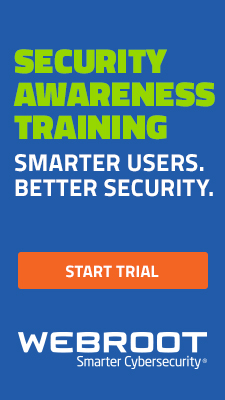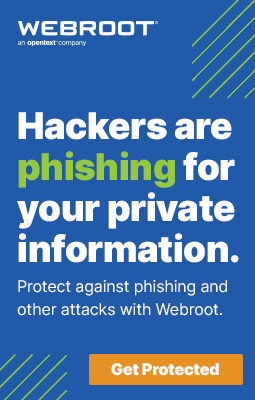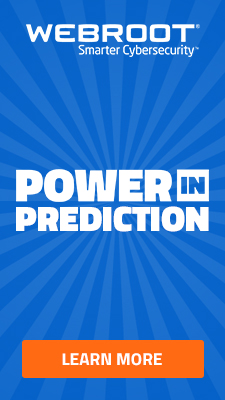By Mike Kronenberg

Be suspicious. About email swindles, bogus security products and online scams. I’m not kidding around. You need to pay attention and be diligent, because cyberthreats are lurking everywhere.
What got me thinking about this was President Obama’s proclamation of October as National Cyber Security Awareness Month. He said that all users — not just those in government — have to practice safe computing. The President is taking this seriously. At the start of the month he authorized the Department of Homeland Security to hire 1,000 cyber security specialists over the next three years. The goal for these professionals is to analyze risks, figure out our vulnerabilities and devise cyber-incident response strategies.
The President sounds right on target. For one thing, every unprotected PC (and those without up-to-date security software) is potentially open to attack. If your system is infected with, say, a back-door Trojan, a hacker can grab your passwords, credit card and other account numbers, and increase your risk of identity theft. On top of that, on a national scale, your infected PC can turn into a virtual, brain-dead zombie (what an image!), propagating malicous cyberattacks, and contributing to the damage of the digital infrastructure.
If you’re reading this blog, no doubt you know the obvious ways to bolster your protection: Keep your AV and AS tools updated, double-check that your firewall’s working, check for OS patches, and make sure your wireless router’s WPA is enabled. And with the focus on awareness, you might take a minute and help a novice computer user fortify his or her defenses.
But aside from the usual security tactics, I implement other safeguards on my PC at home and on the family notebook. Read on for a few you can try.
* Use smart passwords that hackers are less likely to guess. Here’s a trick I use: Come up with a sentence that includes a number; use the first letter of each word, plus the number, to formulate your password.
* Always use different passwords for each of your password-protected sites. If you’re using the same password and one of your accounts is hacked, it opens the door to the rest of them.
Also, later this month Webroot’s rolling out a beta version of a new product with password selection and protection tools (sign up here if you’re interested in checking them out).
*Many of the tools you use regularly when browsing — but hardly notice — are prospective security risks. For instance, Adobe’s Flash and Sun’s Java both need regular checking for updates. Some users let these tools upgrade themselves automatically; I think it’s prudent to have Secunia PSI, a free tool, to do some double-checking.
Protect yourself and everyone else: Stay cyber-aware — and cyber-vigilant.


















